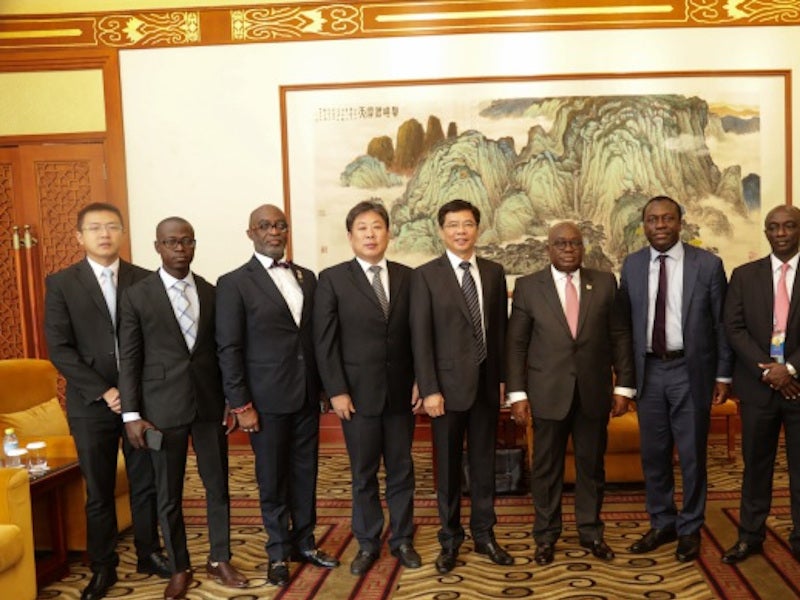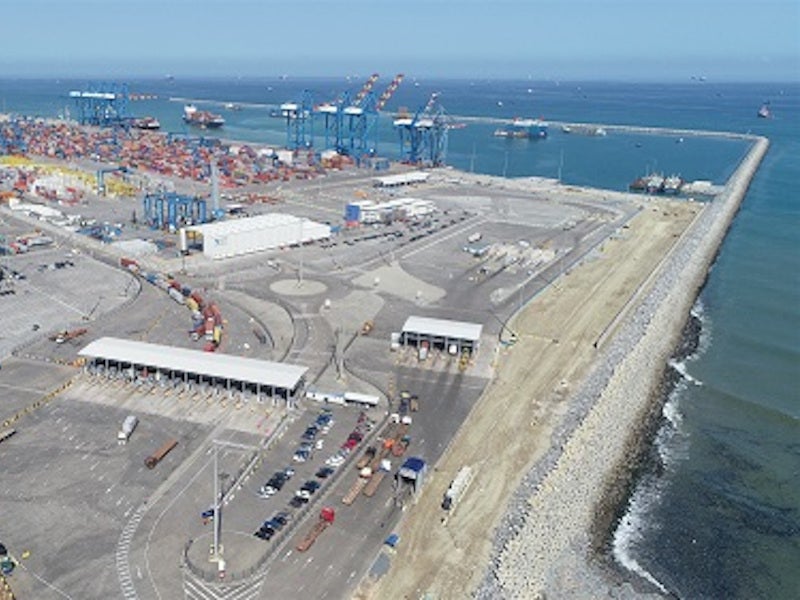The Tema liquefied natural gas (LNG) import terminal project located at the Port of Tema, Ghana is the first LNG import terminal to be developed in the sub-Saharan African region.
Developer Tema LNG Terminal Company, an entity controlled by Helios Investment Partners started construction works on the project in 2018.
It will operate the terminal for 12 years and then transfer the operatorship to Ghana National Petroleum Corporation and the Ghana Ports and Harbours Authority (GPHA).
The project will provide regasification services to Rosneft Trading, which was contracted by Ghana National Petroleum Corporation (GNPC) in May 2018 to supply 1.7million tonnes of gas per annum (Mtpa) for a period of 12 years.
The project is intended to meet the domestic natural gas demands in Ghana, which currently relies on the natural gas supply through West African Gas Pipeline (WAGP).The terminal will have the capacity to supply approximately two million tonnes (Mt) of of gas a year to the region.
The project is estimated to cost more than £266.2m ($350m) and generate appropximately1, 600 jobs during the construction period.
Location and site details
The Tema LNG terminal project is located outside the Tema Port in the Greater Accra region of Ghana. The site is situated to the southeast of the existing outer breakwater of the main port.
Tema LNG terminal project components
The Tema LNG import terminal will comprise a floating regasification unit (FRU), a floating storage unit (FSU), and a natural gas pipeline, along with mooring facilities and the ship-to-shore transfer system.
The FRU and FSU will have a combined storage capacity of approximately 145,000m3 to 160,000m3 with nominal gas send-out capacity of 1.7million tonnes per annum of LNG.
Apart from the regasification trains, the FRU will also feature a 20,000m3 buffer storage facility to temporarily store LNG prior to regasification.
The FSU will be moored using a piled mooring dolphin system to enable the full unloading of modern LNG carriers.
The 8km-long associated natural gas pipeline will be submerged across the main port channel. It will connect with the Volta River Authority header station which is approximately 5km north-east of the Tema Port.
Breakwater and mooring facilities
Other key activities at the site include dredging, breakwater construction and piling. Dredging is to ensure keel clearance during the installation of the LNG carrier, while the breakwater construction involves the extension of the existing outer breakwater to 800m.
The mooring facilities including seven mooring and breasting dolphins will be located in the protected waters behind the breakwater.
The construction works on the breakwater and the mooring facilities were started in November 2018.
Financing
The Emerging Africa Infrastructure Fund (EAIF) agreed to provide £23.2m ($31m) to Access LNG for the construction of the floating infrastructure for the Tema LNG storage and regasification facility in November 2020.
The Development Bank of Southern Africa (DBSA) approved an investment of £46m ($61m).
Key players involved
China Harbour Engineering Company signed a £70.7m ($93m) agreement with Tema LNG Terminal Company for the construction of the LNG terminal in September 2018.
The floating infrastructure for the terminal is being built by Access LNG, a joint venture between Africa-focused private investment firm Helios Investment Partners and LNG infrastructure provider Gasfin Development.





